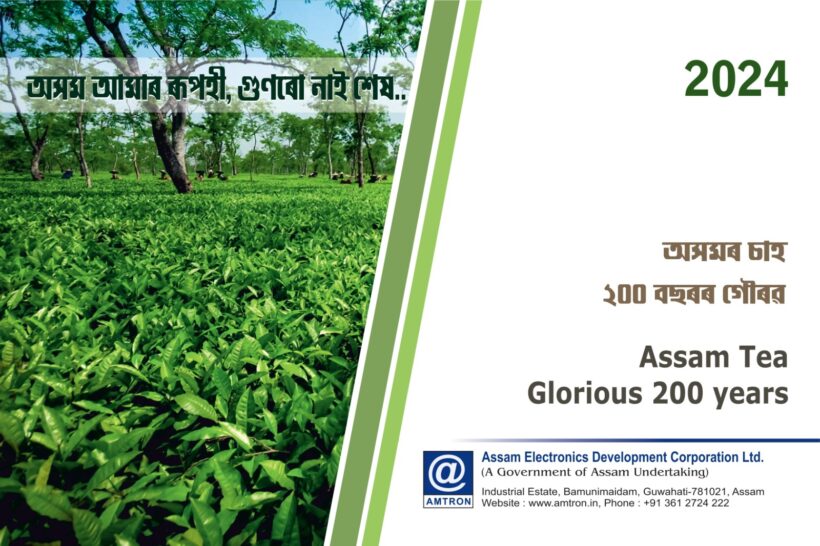What would the world do without tea!
That was an important line from a chapter in the textbook, which our high school teacher pronounced dramatically. Our beloved English teacher also threw light on Sydney Smith, the 18th-century British writer, who penned the chapter adding many reflective sentences like- Thank God for tea! I am glad I was not born before tea, etc. But till then, we had partial ideas about the tea and its garden, not to speak of varied ways of preparing it. Being a resident of Kamrup, I never saw a tea garden till my college days and knew only one way of preparing tea– that’s with milk and sugar. My idea of a tea garden along with the plantation community was limited to some books, novels, and Assamese movies only.
So for me (probably for many in western Assam) tea remains an unknown world that needs to be discovered. Various reporting assignments led me to tea plantations in the eastern part of our State from time to time, but I continued nurturing a fantasy of living in one big tea garden for days with no outer communications.
That instinct attracts me to anything that narrates the tea stories. So, the table calendar, published by AMTRON (Assam Electronics Development Corporation Ltd, an Assam government undertaking as a nodal implementing agency for the information technology department) for the Gregorian calendar year 2024, dedicated to Assam Tea enriched with a legacy of 200 glorious years caught my eye.

Prepared in both English and Assamese languages, the attractive calendar put a voluminous text along with splendid paintings on the history of tea and its enormous contribution to Assamese society in particular. It’s a decade-long initiative of AMTRON table calendars with the concept developed by senior officer Basanta Kumar Barthakur, text and research by Samudra Gupta Kashyap, and colorful illustrations by Naba Pratim Das. The previous theme-based publications heightened on varieties of intriguing issues– like the illustrious sons of Assam (from Srimanta Sankardev to Lakshminath Bezbarua to Jyotiprasad Agarwala to Bhupen Hazarika, etc), Vaishnavite monasteries of eastern Bharat, Bapu’s visit, etc, where the contents were reared by Sivanath Barman, Pradip Jyoti Mahanta, Charu Kamal Hazarika, Kamal Kotoky, Ramon Bora, etc.
Assam today produces nearly 700 million kg of tea annually, which is around half of India’s total tea production. Tea generates considerable revenue for Assam, apart from earning foreign exchange for India equivalent to Rs 3,000 crore. Apart from creating a global brand image for Assam, it prompted setting up the railways in the region primarily to move manufactured tea to the river and sea ports for export. As the railway tracks were laid, it also led to the discovery of petroleum in Assam. While the Kacharis and some other indigenous people were the first to work as laborers in the tea estates, thousands of laborers were later brought from Bengal, the Chotanagpur plateau, and other parts, according to the calendar text.
Having been brought to Assam to work in tea plantations, over ten lakh people of these communities have not only become an integral part of the greater Assamese society but also impacted public life. Despite being uprooted from their original places and facing extreme poverty as well as exploitation during the colonial era, they made Assam their home. Taking part in the freedom movement against the British colonial forces, several members of these communities sacrificed their lives. Mungri or Malati Orang happens to be the first woman martyr of Assam in the freedom struggles, the text narrated.
Tea has come a long way from the traditional bamboo mesh to the bamboo pipe to the present-day technology-driven manufacturing process. Now global warming and climate change are apprehended to have a negative impact on tea production. Various studies indicate that many existing tea-growing nations may face a decrease in tea production by 2075. But as the Assam variety of tea is native and possesses the capacity to face a dry and warmer climate, it will survive for many centuries to come even though facing the decrease in production, added the text. Definitely, it’s an optimistic message for hundreds of thousands of large and small tea growers in Assam, concluded the narration.










